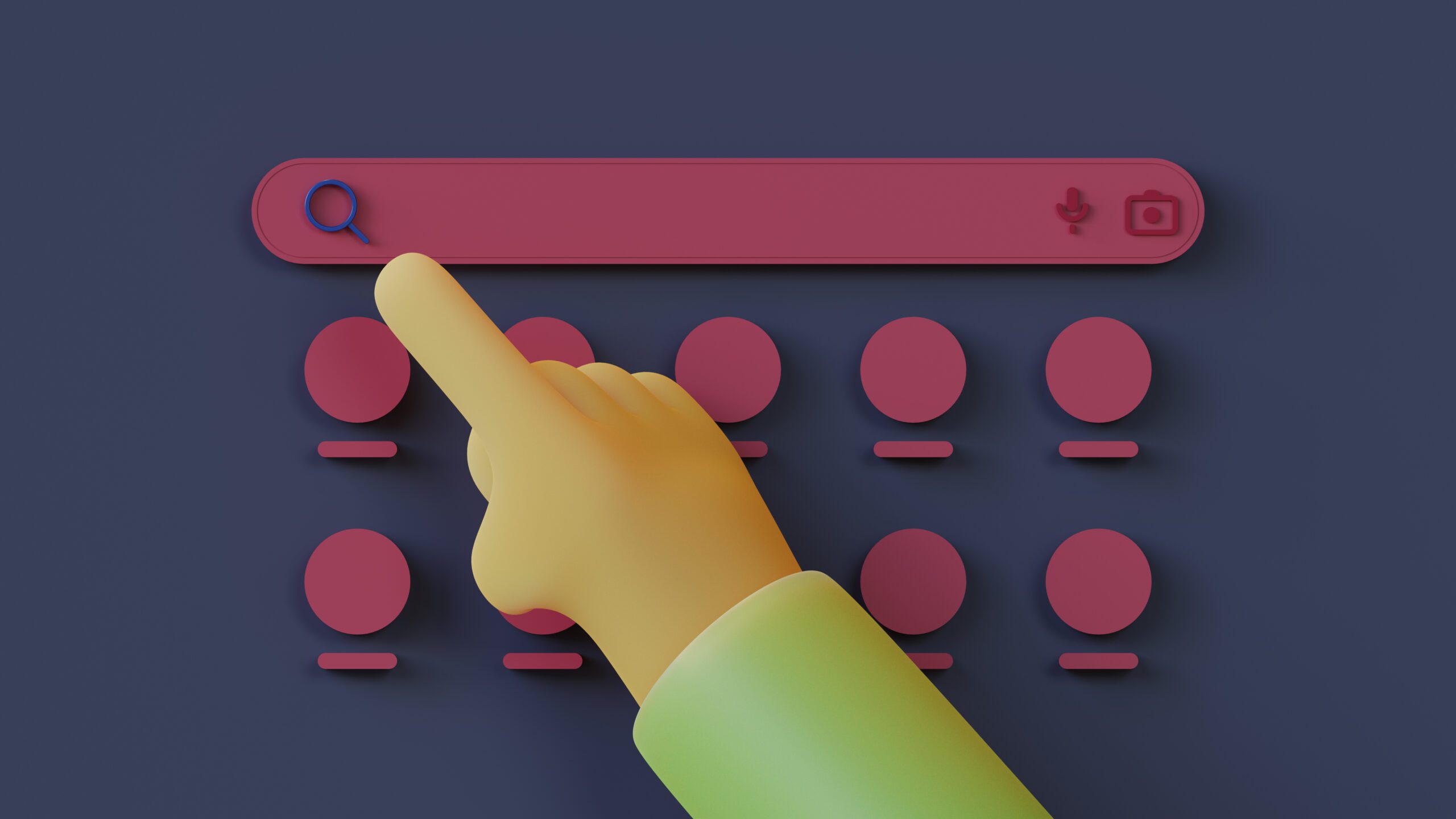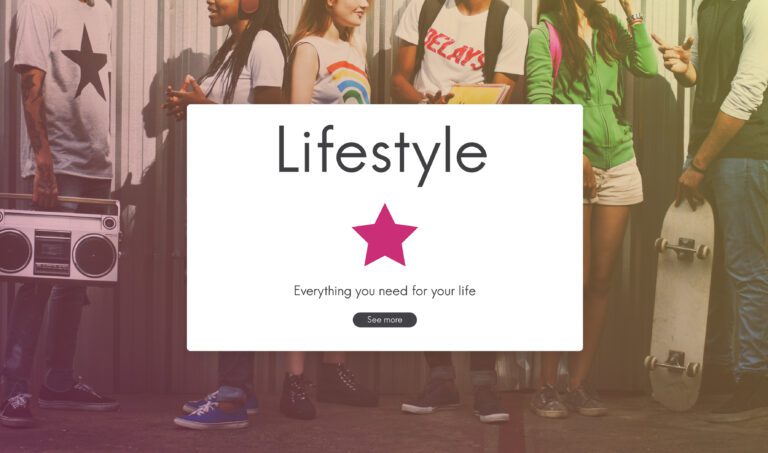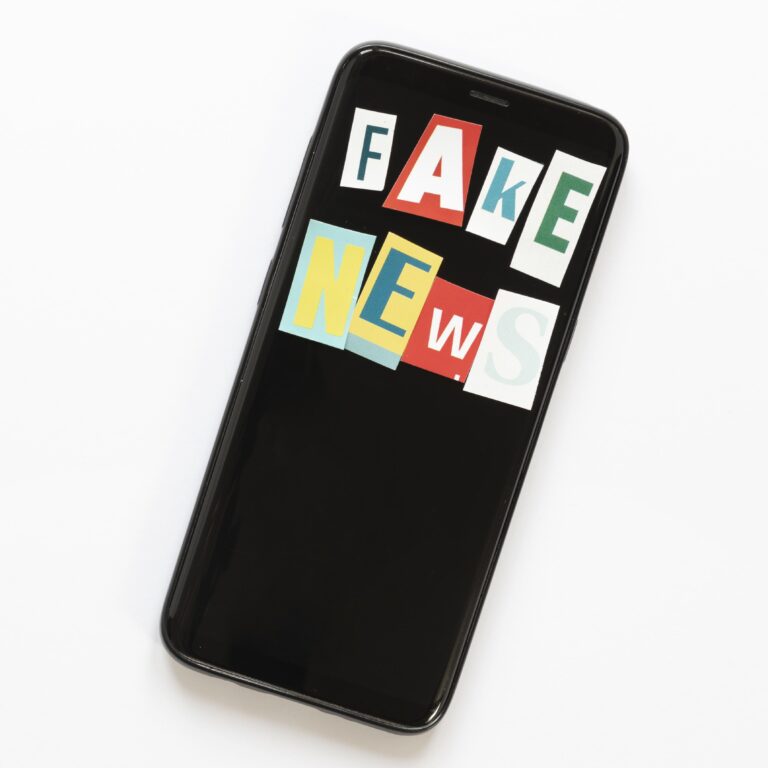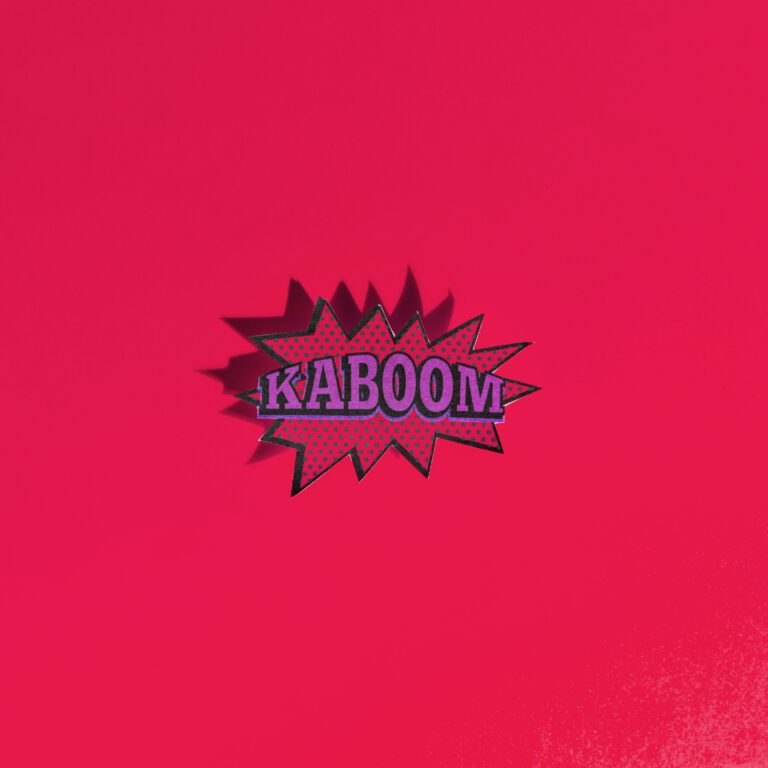What Is a Squeeze Page? A Clear, No-Nonsense Guide for B2B Marketers

I hope you enjoy this blog post. If you want Hello Bar to grow your leads, click here.
Author:
Mansi
Published
May 29, 2025

Table of Contents
Let’s keep this simple.
You’ve probably seen a squeeze page. You might’ve even signed up through one. But you may not have stopped to think why it’s called a “squeeze page” or how exactly it fits into your business marketing strategy.
This blog is going to explain all of that—without any marketing fluff or empty words. Just straight-up value.
What Is a Squeeze Page?
A squeeze page is a very focused web page that has one job—to collect a visitor’s email address.
That’s it. No extra links. No distractions. Just a short message, maybe a small offer, and a simple form asking for the visitor’s email (sometimes name too). The idea is to “squeeze” contact info out of a visitor before they leave your site.
That’s where the name comes from.
Now, why would anyone give you their email? Well, that depends on what you offer in return. It could be:
- A free PDF guide
- A checklist
- A free trial
- Early access to a product
- A discount code (less common in B2B, but still used)
- Access to a gated video or case study
In short: You offer value. They give their email. You both walk away with something.
What Makes a Squeeze Page Different from a Landing Page?
This trips up a lot of people. Not all landing pages are squeeze pages, but every squeeze page is a type of landing page.
Here’s the difference:
- A landing page might sell something, explain a product, book a meeting, or do several things at once.
- A squeeze page has only one job—get the email address.
So if your page has a navigation menu, three CTAs, a product comparison table, and a footer with 20 links—it’s not a squeeze page. A squeeze page removes all the noise and keeps people focused on just one action: submitting that form.
Why Do B2B Companies Use Squeeze Pages?
Let’s get into real value now.
In B2B, sales cycles are longer. Buyers do research. They look at different vendors. They ask their team. They talk to procurement. That’s just how it works.
You won’t always close a deal on the first visit. So instead of pushing for a sale right away, you use a squeeze page to start the conversation. You get their email. Then, you can send useful content, book a call, or share insights that help them trust your brand over time.
That email is your way to stay connected. It’s your foot in the door.
Here’s where squeeze pages shine for B2B:
- Lead generation for high-value content (like whitepapers)
- Promoting webinars or events
- Offering exclusive case studies or research
- Getting sign-ups for product demos or consultations
They work best when what you’re offering is relevant, useful, and doesn’t feel like a sales pitch.
The Structure of a Great Squeeze Page
You don’t need 20 elements. You need a few things done well.
Here’s what most effective squeeze pages include:
1. A Clear, Specific Headline

Image by rawpixel.com on Freepik
This is the first thing people see. It should clearly say what they’ll get. No riddles. No metaphors. Just a benefit-focused sentence.
Bad:
“Level Up Your Business Strategy”
Good:
“Get Our 7-Step B2B Sales Playbook (Used by 150+ Teams)”
The second one is specific, relevant, and gives a reason to care.
2. A Short Supporting Message (1–2 lines)
Explain a little more about what they’ll get. Don’t overdo it. Just enough to add context.
Example:
“Learn how to shorten sales cycles and close bigger deals with our proven playbook. No fluff. Just what works.”
3. The Form
Keep it short. Ask only what you really need. For most B2B squeeze pages, name and email are enough. Every extra field adds friction.
Some pages use just email. Others ask for company name too—but be cautious. The shorter the form, the higher the chance they’ll complete it.
4. A Call to Action (CTA) Button
Use real words that tell people what they’ll get. Not just “Submit.” That’s lazy.
Use buttons like:
- “Send Me the Guide”
- “Get the Checklist”
- “Book My Spot”
The goal is to make the action feel clear and low-risk.
5. Trust Signals (Optional but Helpful)
A few logos of companies you’ve worked with, a quick testimonial, or a small sentence like “Trusted by 500+ marketing teams” can reduce hesitation.
Remember, you’re asking for personal contact info. People want to know they can trust you.
Examples of Squeeze Page Offers That Work in B2B
Let’s look at what works—not hypotheticals, but real types of offers that get results in the B2B world:
- Industry-Specific Templates
“Download our Cold Outreach Template Pack for B2B SaaS.” - Exclusive Research
“Get the 2025 B2B Buyer Report (Surveyed 1,200 Tech Buyers)” - Problem-Solving Checklists
“Free Checklist: 9 Things to Fix Before Running Paid Ads” - Case Study with Clear ROI
“How XYZ Co. Cut Sales Costs by 30% Using Our Software” - Webinar Access
“Reserve Your Seat: How to Build a Lead Pipeline Without Paid Ads”
All of these give real value. Not vague promises. Not “subscribe to our newsletter.” That doesn’t cut it anymore.
What Happens After the Squeeze Page?
This is where many businesses miss the point.
Getting someone’s email is the start of the process, not the end.
Once someone fills out the form:
- Send them the asset immediately (PDF, invite, video, etc.)
- Start a short email series (not spam) that adds value and builds trust
- Eventually guide them toward a bigger CTA—like booking a demo, trying the product, or hopping on a discovery call
If you stop at the squeeze page, you’re wasting the lead. There has to be a plan behind it.
Where Should You Place a Squeeze Page in Your Funnel?
A squeeze page is a top-of-funnel or middle-of-funnel tool.
Top-of-funnel squeeze pages work best for people who are just learning about a problem or looking for general guidance. Think:
- “Free Guide to B2B Content Strategy”
- “Download: SaaS Sales Pitch Deck Template”
Middle-of-funnel pages are for people who are comparing solutions or getting serious. Think:
- “See How We Helped a Fintech Scale to 200 Clients”
- “Watch Our 5-Minute Demo Walkthrough”
The more targeted the offer, the better the squeeze page works.
Tips to Make Your Squeeze Page Convert Better
Now let’s get tactical. These are things most businesses don’t do—but should.
1. Test the Headline
Most people spend 5 seconds on your page. If the headline doesn’t make sense or feel useful, they’ll bounce. Try different versions and see what performs best.
2. Don’t Overwrite
Keep your text tight. People scan. They don’t read 10 paragraphs before filling out a form.
3. Use One CTA
One page. One job. One button. That’s the rule. Don’t give visitors multiple options or they’ll take none.
4. Match the Ad or Link Source
If someone clicks an ad saying “Free AI Lead Scoring Tool,” the squeeze page must say that too. Match what you promised in the link.
5. Keep It Clean
No menu bar. No footer. No pop-ups. The page should feel like a direct conversation, not a website tour.
Common Mistakes to Avoid
- Too Much Text
If people have to scroll three times before finding the form, you’ve lost them. - Asking for Too Much Info
Unless you absolutely need their phone number, don’t ask for it. - No Clear Offer
“Simplify your business” is not an offer. “Download the automation SOP we use internally” is. - No Follow-Up
Getting the email is just step one. You need a thoughtful follow-up strategy. - Too Broad
If your offer feels generic, no one will feel like it’s meant for them. Speak directly to your niche or audience.
What Tools Can Help You Build a Squeeze Page?
You don’t need a developer for this.
There are plenty of tools made for building squeeze pages fast:
- Unbounce – Great for A/B testing
- Leadpages – Easy to use, solid templates
- Instapage – Clean interface, good for larger teams
- HubSpot – Works well if you’re already using their CRM
- Webflow or WordPress with plugins – If you want more control
Pick one based on how technical your team is. Most have drag-and-drop editors and form integrations.
How to Know If Your Squeeze Page Is Working
Track these metrics:
- Conversion Rate – How many people filled out the form
- Traffic Source – Where they came from (ads, search, email)
- Bounce Rate – If most people leave right away, something’s off
- Follow-Up Engagement – Are people opening your emails or ignoring them?
Data tells you what’s working. Don’t rely on guesswork.
Final Thoughts
A squeeze page isn’t a silver bullet. It’s a tool. But when used the right way, it’s one of the simplest, fastest methods to build a pipeline in B2B.
You’re not selling the whole product on that page. You’re just asking for a way to keep talking.
If you get the offer right, keep it focused, and back it up with follow-through, a squeeze page can quietly drive steady results—day after day.






